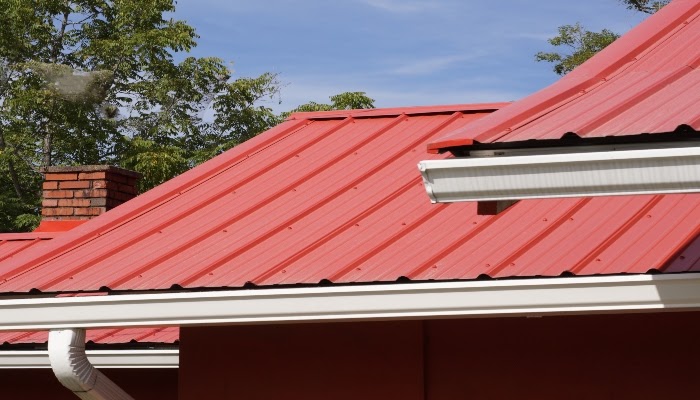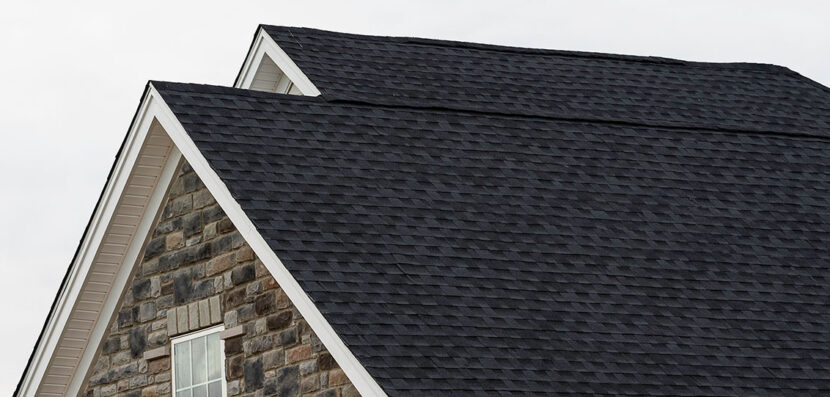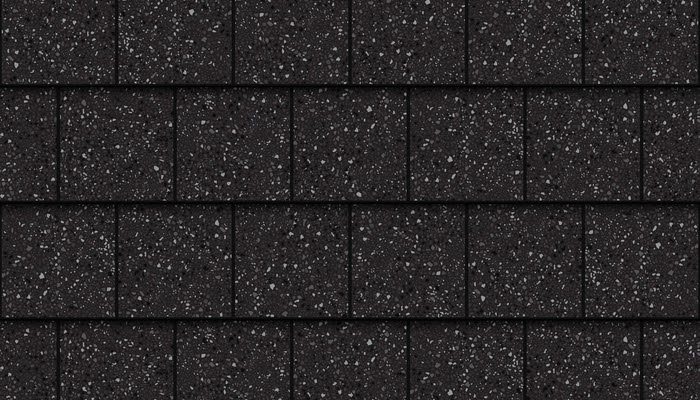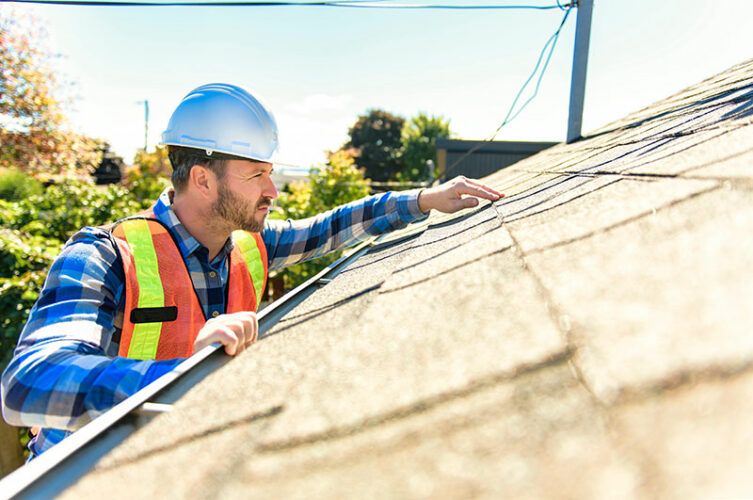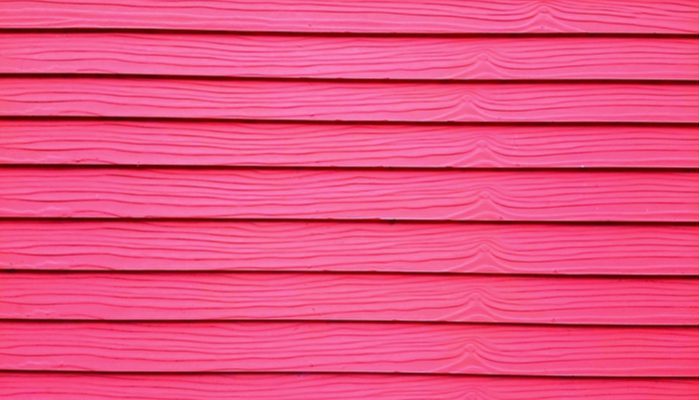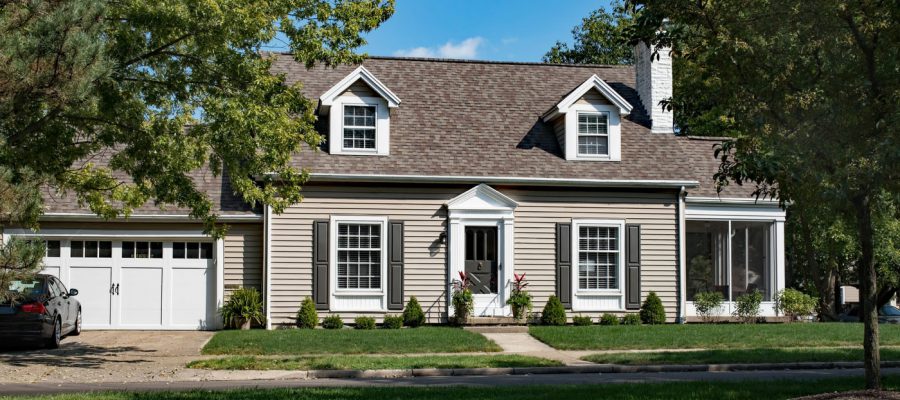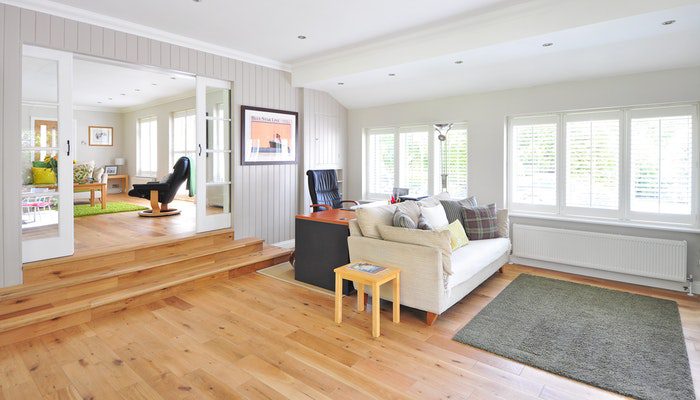How To Prevent Roof Damage From Trees

Your roof is your home’s armor. It protects your property from mechanical and water damage, but that role exposes it to a host of destructive elements. Those beautiful new shingles might look strong, but they have a delicate surface that erodes easily.
Can Tree Branches Damage a Roof?
Your shingles are exposed to every element nature has to throw at them, from rain and wind to ice and frost. Your impeccable landscaping can be just as destructive. Leaves can block your drainage system, causing pooling that can ultimately lead to structural damage.
Rotting flora can attract mold, which can ultimately eat away at your roofing and cause pooling. To make matters worse, if you have enough foliage growing over your roof, moisture won’t evaporate as quickly as it needs to. That can decay your roof and cause leaks, particularly in humid regions.
Trees become even more destructive in gale-force winds. Detached branches can blow against your roof with incredible force, loosening and detaching the very shingles you rely on to keep moisture away.
If you live in a hurricane-prone area or are dealing with a tree that’s passed its sell-by-date, the trunk might even collapse on your expensive roofing. Even the thinnest branches can scratch your delicate shingles in a light wind, though, so it’s critical to keep your trees at a safe distance.
How to Prevent Roof Damage from Trees
Deciduous trees tend to drop their autumn leaves, clogging up your rain gutters and reducing your roof lifespan. Cutting away overhanging branches might clear your gutters, but you can support your efforts with gutter guards. They’ll reduce build-up and pooling. This approach will prevent fruit and nut damage while simultaneously allowing your roof to dry naturally after heavy rains. If you’re reliant on your trees for shade, insulation is another workable alternative.
The most foolproof way to prevent tree damage to roof materials is to remove the offending flora entirely, but you’re probably too attached to your landscaping to do so. If that old oak tree was a sapling when you were just a child, you probably baulk at the idea of killing it.
Your trees are more than just aesthetic assets. They block wind and, in doing so, prevent shingle damage. They also moderate sweaty summer temperatures and create shade, bringing down your HVAC bills to boot. Fortunately, you don’t necessarily have to let go of your sentimental attachment. Avid pruning of low hanging branches can prevent minor scratches and abrasions.
How to Cut Tree Branches Over Roof
Trimming back your own trees requires you to trust untested branches from a great height. Falling tree limbs are equally dangerous. This is why arborists have one of America’s most dangerous jobs. They endure 80 work-related injuries a year. Pruning your own trees is even more hazardous, particularly if you don’t’ have the right equipment. It might even cause untold damage to the tree itself, so call a professional instead.
How Far Should Tree Branches Be from Your Roof?
Tree trunks should be 20 or 30 feet away from your home. Branches should be cut at least six feet away from your roof. If you need to trim more than 20% of the offending tree, it could ultimately die and fall onto your roof, so prune with care.
How to Prevent Roof Damage from Trees
Pruning young trees can prevent untold destruction by helping them to develop crotches too powerful to break off in the wind. This will prevent storm damage and improve the aesthetic appeal of your tree in its later years.
Widening the crotches adds to a tree’s strength, so aim for angles that promote growth parallel to the truck. You can also raise the tree’s crown so that smaller branches don’t scratch your shingles. All pruning should promote wound closure, so make sure you don’t tear the bark.
Roof Repair from Tree Damage
If it’s too late for prevention, your handy roofer can repair severe damage. They may even remove the offending branch and repair major leaks as they go. They’ll also make sure your rafter boards, attic sheathing, and shingles are still in good condition. If your tree’s shade has caused moss growth, your roofer might need to replace loose or broken shingles, too.
Never ignore this kind of subtle damage because it affects the lifespan of your investment. Roofing relies on solid seals and excellent drainage, so even the slightest crack can invite water damage. If you’re repairing an old roof and have severe damage, it might make financial sense to replace your roof entirely.
Your trees are probably the most important contributors to your curb appeal, so removing them doesn’t always protect your investment. Ignoring them isn’t a useful alternative, though, so rely on a creative roofer who thinks outside the box.
Need help with a roofing project? Contact 1-800-HANSONS for a free estimate.
Related Articles:
Cleaning Checklist for Your Roof
Why Do Gutters Clog?
How to Reduce Wear and Tear on Your Home
Get a Free Estimate Today
50% off installation. Special financing available. See details.

